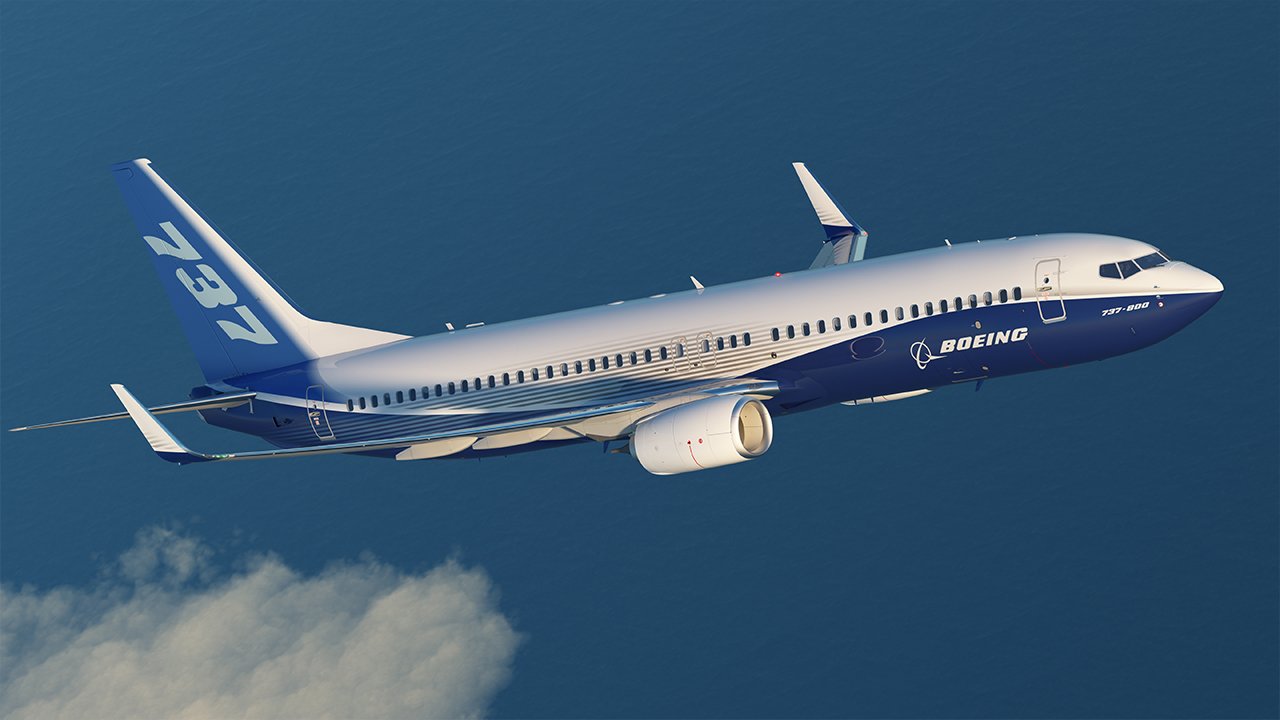Climate change makes it harder for planes to take off

The fact that large-scale climatic changes are now taking place on Earth is hardly doubted. The only thing - a part of scientists (big) says that the period of global warming has come, and some of them say that on the contrary, global cooling is coming. Anyway, the average annual temperature gradually rises, and in some regions it is very noticeable. Somewhere glaciers melt, the ground or rocks protrude, which have been hidden for centuries. Well, somewhere it becomes so hot that airplanes cannot take off normally.
Yes, it sounds a bit strange, but some models of airliners are simply unable to take off if the air temperature exceeds a certain limit. Recently, it happened at one of the airports in the United States, namely, that it is located in the city of Phoenix. Here on one of the hot days, American Airlines was forced to cancel more than 50 flights. Her Bombardier CRJ airliners physically can't get off the ground if the air temperature exceeds 47 degrees Celsius.
Interestingly, in one of the scientific journals, Climatic Change, almost at the same time with this event, an interesting article appeared, the authors of which are trying to solve the question of whether the flights of airplanes are safe at high air temperatures. Looking ahead, it is worth saying that the study participants do not predict any catastrophic consequences for the airline industry. Planes will fly even if the most gloomy scenarios proposed by various climate scientists are implemented.
')
Rather, it is about the fact that with further global warming, the architecture of airports, the departure mode and the design of various aircraft must change. The joint team of researchers tried to find out what will happen with the 19 largest airports in the world if the temperature continues to rise as actively as it does now. Among the airports mentioned are Denver International Airport and Dubai International Airport. The predictive model of climate change was built up to the year 2080.
Scientists analyzed the optimal mass of the aircraft for takeoff at different temperature conditions. As for the aircraft models, the five most popular were considered. These are the Boeing 737-800, the Airbus A320, the Boeing 787-8, the Boeing 777-300, and the Airbus A380. The key element was the mass of the aircraft when taken off the ground. The fact is that the higher the temperature, the lower the density of air. And this means less aircraft lift during takeoff. Bombardier CRJ could not take off from its airport in Phoenix for precisely this reason - there was not enough lifting force. Of course, the pilots can solve this problem by speeding the aircraft on the ground, but if the runway is not long enough, nothing will happen.
How can you solve the hot air problem? First of all, reducing the amount of fuel poured into the aircraft, as well as reducing the number of seats. At airports with a critical temperature for the mass of the aircraft should be closely monitored. If it is higher than it should be, the plane must be lightened. Interestingly, this is already done at the London airport.

The weight loss of the aircraft will not be too significant, we are talking about 0.5% -4%, nothing more. For the Boeing 737-800, this means transferring 3-4 passengers from one flight to another. For airliners designed for 160 people, this is 12-13 passengers. Well, some aircraft models may be more exposed to high temperatures than others, so that the changes will be more significant.
Here, the length of the runway also has a direct impact on the ability of the aircraft to get off the ground. This was briefly mentioned above. For example, at one of the airports in New York, Boeing 737-800 aircraft on hot days should be half unloaded. The fact is that the length of the runways here is much less than at many other airports. In Dubai airport, despite the rather long runways, the Boeing 777-300 will also have to be unloaded. This means a decrease in fuel volume by 6.5 and a significant reduction in the number of passengers.
It is clear that this will not be limited to unloading. Also, not 100% help modification of aircraft and airport infrastructure. The hotter it becomes to be at many airports, the more passengers will avoid these places, in order not to suddenly find themselves in the airport’s waiting room instead of their rightful seat. The more passengers will go from “hot” to “cold” airports, the more significant the change in direction of financial flows will be. In hot regions, the sudden depletion of airports will have a negative impact on the economy. In the cold and temperate, everything will happen the other way around.
Airline owners need to think about what measures to take, now. The sooner solutions to the problem are proposed and implemented, the better.
Source: https://habr.com/ru/post/370645/
All Articles